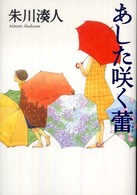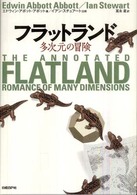- ホーム
- > 洋書
- > 英文書
- > History / World
Full Description
Tens of thousands of epitaphs, or funerary biographies, survive from imperial China. Engraved on stone and placed in a grave, they typically focus on the deceased's biography and exemplary words and deeds, expressing the survivors' longing for the dead. These epitaphs provide glimpses of the lives of women, men who did not leave a mark politically, and children—people who are not well documented in more conventional sources such as dynastic histories and local gazetteers.
This anthology of translations makes available funerary biographies covering nearly two thousand years, from the Han dynasty through the nineteenth century, selected for their value as teaching material for courses in Chinese history, literature, and women's studies as well as world history. Because they include revealing details about personal conduct, families, local conditions, and social, cultural, and religious practices, these epitaphs illustrate ways of thinking and the realities of daily life. Most can be read and analyzed on multiple levels, and they stimulate investigation of topics such as the emotional tenor of family relations, rituals associated with death, Confucian values, women's lives as written about by men, and the use of sources assumed to be biased. These biographies will be especially effective when combined with more readily available primary sources such as official documents, religious and intellectual discourses, and anecdotal stories, promising to generate provocative discussion of literary genre, the ways historians use sources, and how writers shape their accounts.








